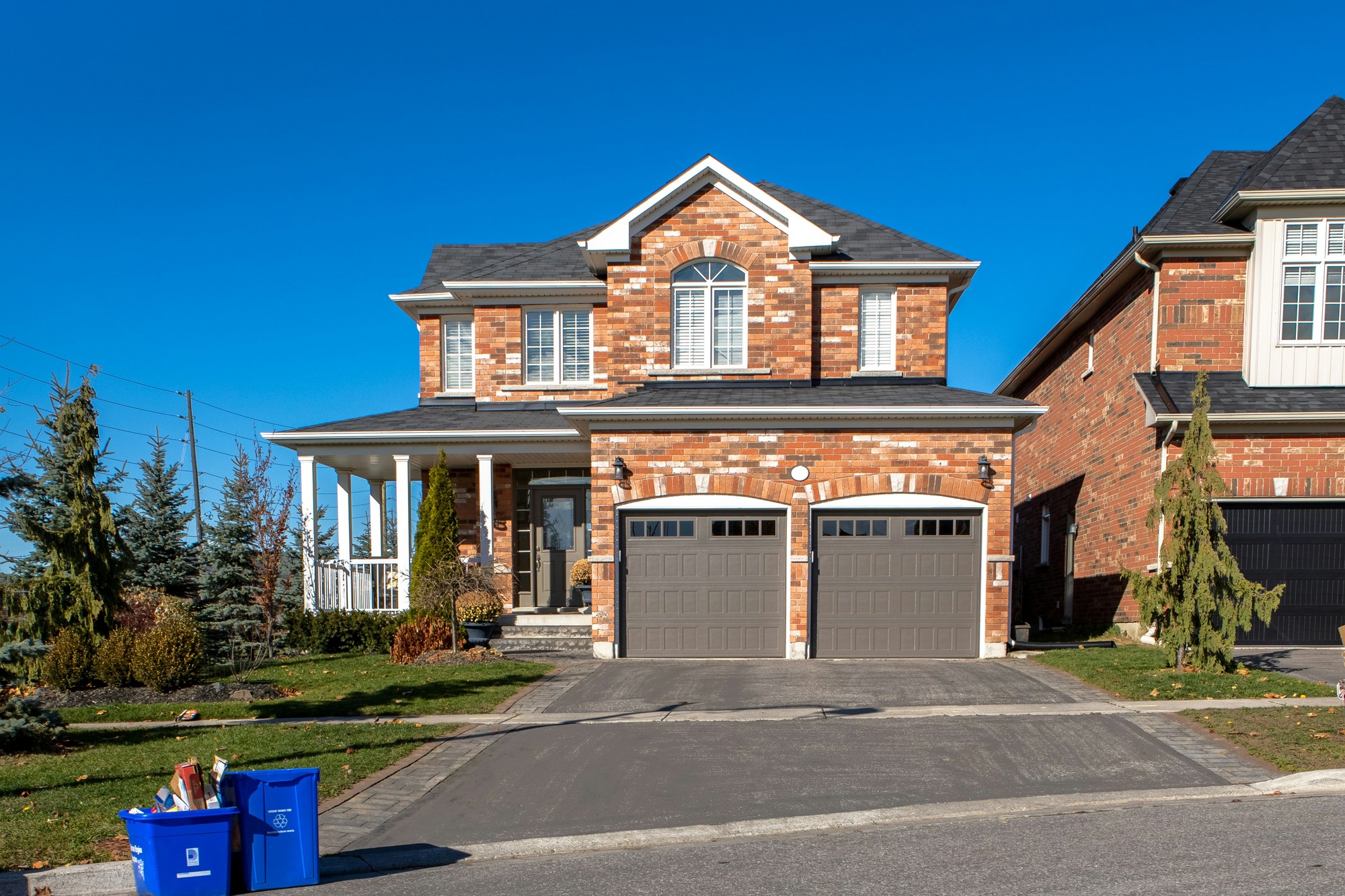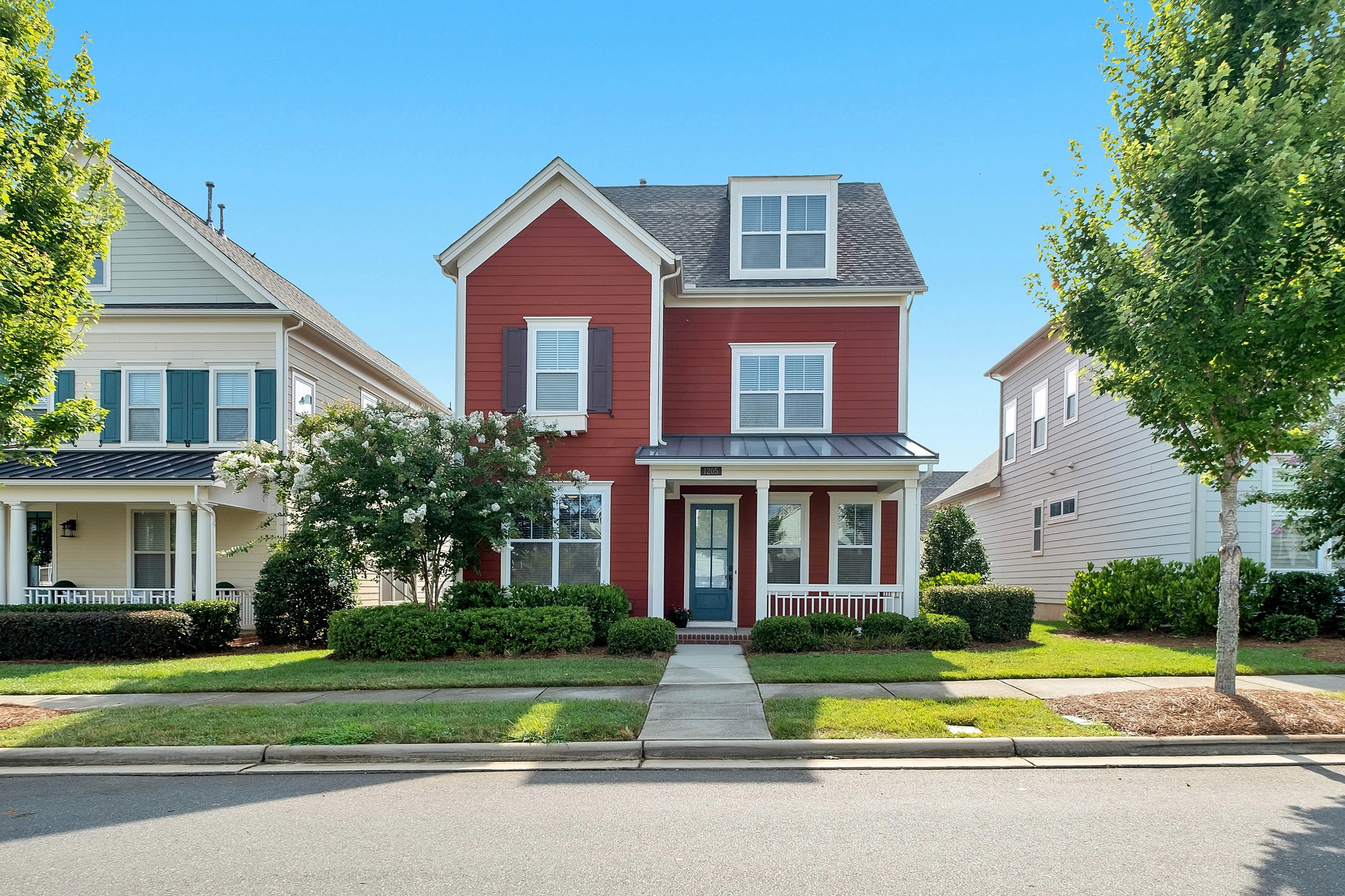
When most people think about home security, they picture locking the front door and maybe setting an alarm. But professional criminals aren’t typically walking in through the front entrance. They’re slipping in through overlooked, underestimated, and shockingly vulnerable access points around your home.
From garage doors that don’t latch properly to second-floor windows that rarely get checked, these are the subtle weaknesses intruders love. They bank on homeowners being too busy or too trusting to notice the gaps in their defenses.
If you want true peace of mind, you need to think like someone trying to get in. Here are 10 common, sneaky entry points criminals use and exactly what you can do to secure each one.
Basement Doors That Blend Into the Landscaping
Basement doors, especially those around the side or back of the house, often go forgotten. If they’re tucked behind a bush or down a set of steps, it makes them especially appealing to intruders. Criminals prefer low-visibility zones, and these doors provide cover while they work.
To secure them, make sure the doors are made of solid material, install motion-sensing lights nearby, and add a deadbolt that locks from both the inside and outside. If you rarely use the basement entrance, consider reinforcing it with a steel security bar or hinge bolts.
Unlocked Garage Doors (and the Inside Door)
The garage is an obvious target, but many forget that the inside door—the one between the garage and the house—is just as important to secure. Criminals can use tools to pry open older garage doors or simply exploit ones left accidentally open.
Update your garage opener to a rolling code model, always lock the inside door, and consider a garage door timer that auto-closes if you forget. Reinforcing the interior garage door with a deadbolt ensures that they still can’t access the rest of the house even if they get into the garage.
Sliding Glass Doors with Weak Locks
A patio door might look modern and sleek, but many sliding glass doors are surprisingly easy to lift off the track or jiggle open with minimal effort. Their latches often do little more than keep the wind out.
You can secure a sliding door by placing a thick wooden dowel or metal rod in the track when it’s closed. For added protection, install a security bar at the top to prevent lifting and upgrade to a locking mechanism that anchors into the frame.
Dog Doors That Fit More Than Dogs
Convenient for your pet, but unfortunately, also convenient for criminals. Many pet doors are large enough for a small adult to squeeze through, and even if they’re not, tools or wires can be slipped through to manipulate interior locks.
If you must have a pet door, choose one with electronic access that responds only to your pet’s collar, and install it in a location not visible from the street or easily accessible to someone standing outside.

Second-Story Windows That Go Unlocked
Many homeowners assume that upper-floor windows are safe simply because they’re off the ground. But burglars use ladders, climb fences, and scale balconies more often than you might think. If a second-floor window is unlocked, it’s not off-limits.
Always lock windows when not in use and invest in window sensors that alert you to movement or opening. For an added layer of protection, plant thorny shrubs or install trellises that aren’t easy to climb near vulnerable exterior walls.
Air Conditioning Units in First-Floor Windows
A window A/C unit is a common summer fixture, but it also creates a vulnerable opening. If it’s not properly secured, a thief can remove the unit and slip inside without much trouble.
Secure the unit with a bracket or bar that prevents it from being pushed inward. Some people even screw L-brackets into the window frame to hold the top sash down tightly. Don’t rely on gravity to keep it safe. Take steps to lock it in place.
Mail Slots That Give a Peek Inside
While mail slots don’t provide actual access, they do give criminals a way to peer into your home or even manipulate locks if they’re well-positioned. A coat hanger or similar tool can be slipped through to pull keys or unlatch doors in rare cases.
The best way to defend against this is with an interior mail catcher or cage that blocks line-of-sight and limits access. Some homeowners also install a secondary interior door, creating a buffer zone that neutralizes the slot’s usefulness.
Crawl Spaces That Lead to Utility Access
Crawl spaces or vents around your foundation may not be obvious weak points, but some connect to basement utility rooms. In older homes, especially, criminals can exploit these areas to gain access or hide tools for a future break-in.
Ensure crawlspace entrances are locked and reinforced. Replace flimsy wooden doors with metal ones and regularly inspect vents for tampering. Even if entry isn’t possible, burglars may use these spots to cut wires or disable systems.
Unlit Pathways and Corners
It’s not always about the door. It’s about how safe someone feels trying to reach it. Dimly lit yards, walkways, or alleys give intruders the cover they need to approach undetected.
Install motion-activated lights, prioritize coverage of dark zones, and consider smart lighting systems you can control remotely. A well-lit home is a major deterrent to anyone with bad intentions.
Old Keypads or Hidden Keys
If you have a keypad on your garage or smart lock system, make sure it’s modern and doesn’t use easy-to-guess codes like birthdays or 1234. And those spare keys hidden under the mat or flowerpot? Everyone knows where to look.
Upgrade your systems with randomized codes or app-based access. Ditch hidden keys entirely in favor of smart lock backups or emergency lockboxes with rotating codes.
Always Be Aware
Every home has its vulnerabilities, but awareness is your first and most powerful tool. Criminals don’t need a sledgehammer—they just need an opening. Securing these overlooked access points doesn’t require a full security overhaul, just some thoughtful changes that protect what matters most.
Have you ever discovered a weak spot in your home you hadn’t thought twice about before? What did you do to secure it?
Read More:
Safe and Sound: 15 Clever Spots to Hide Your Valuables Where Burglars Never Look
Avoid Home Invasions By Doing These 7 Things
Riley is an Arizona native with over nine years of writing experience. From personal finance to travel to digital marketing to pop culture, she’s written about everything under the sun. When she’s not writing, she’s spending her time outside, reading, or cuddling with her two corgis.
